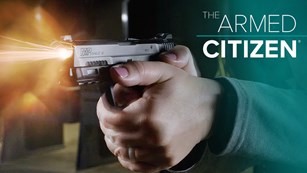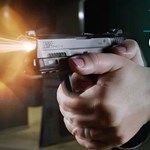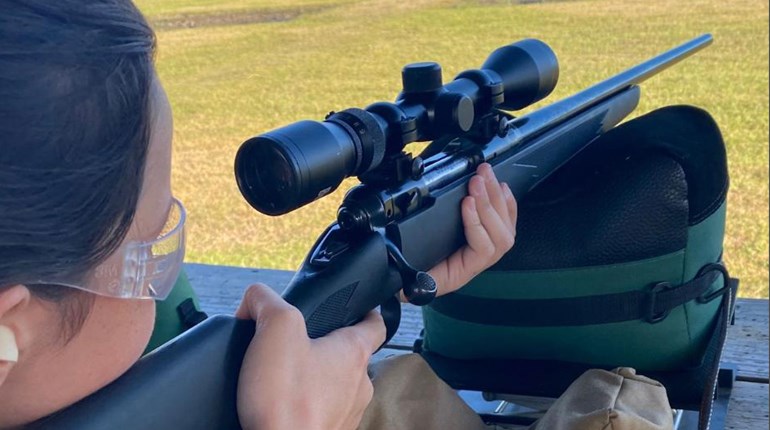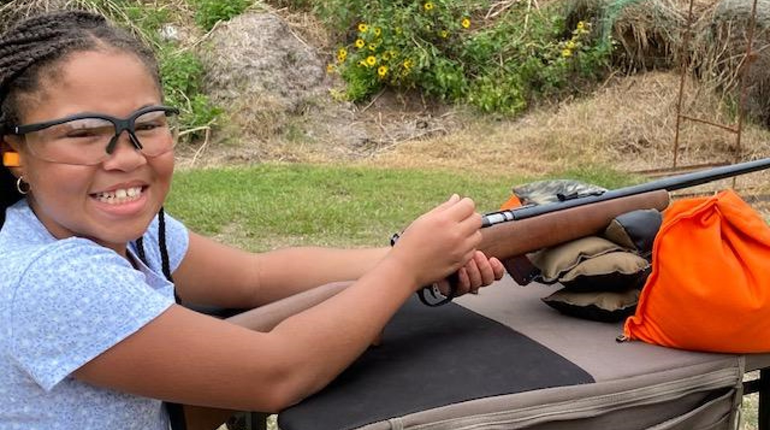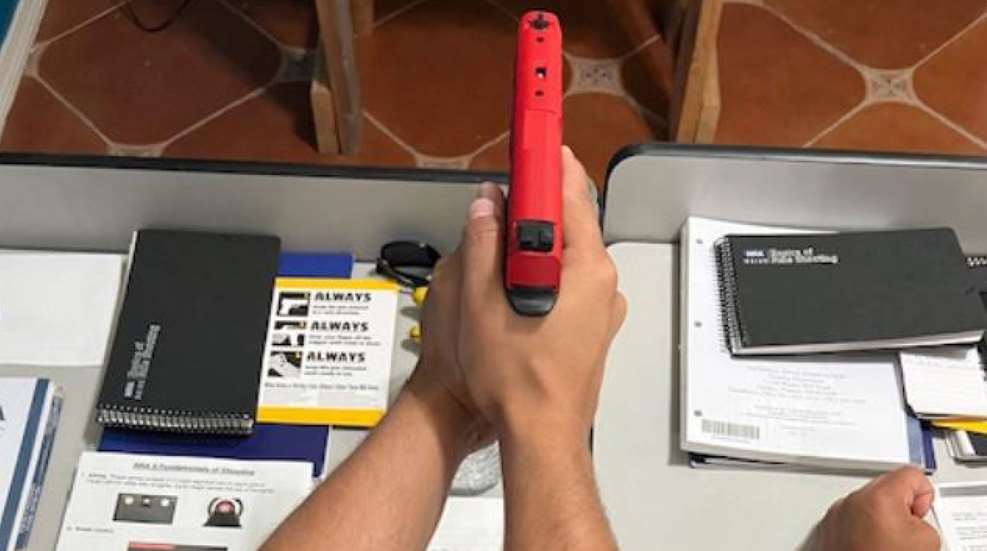
Has your firearm training business grown with you over the past year? Now is the time to think of this year’s New Year's Resolutions to improve your effectiveness as an instructor and to help your business grow. After all, any business that does not keep up with the times or becomes stale is doomed to fail. Your firearm training business is no different.
Resolutions firearm instructors can make to improve their ability to teach others in the safe and proper use of firearms include increasing the promotion of firearms safety in your community; improving training aids; placing quality of training over profits; and breaking out of your bubble. Doing these things will not only make you a better instructor, but it will make each of your students a safer and more effective gun owner.
1. Promote Firearm Safety in Your Community
NRA Certified Firearm Instructors have always been expected to promote firearm safety in their communities. For one, it strengthens the Second Amendment by keeping the community safe. And by educating the public on firearm safety, the frequency of accidents can be reduced while removing the stigma that guns are inherently unsafe.
The NRA starts every course with the “Gun Owner’s Responsibility.” At the end of this statement, all students are taught that “Guns are neither unsafe nor safe by themselves. When gun owners learn and practice responsible gun ownership, guns are safe.” This means that education is the key!
Promoting firearms safety in your community might mean offering free two-hour classes. Some instructors may argue that their time is worth something. But in following the adage that says, “It takes money to make money,” instructors should look at these free classes through that lens. By offering free safety classes, you get your name and your business name out in the community. In other words, it’s “free” advertisement. Additionally, many individuals who attend your free safety course will request additional training for which you will charge them.

2. Improve Training Aids
Like any other piece of work or office equipment, training aids should be periodically replaced as they wear out, break and become outdated. This means that you must invest in items that you ordinarily would not purchase for yourself. For example, if you are a semi-automatic pistol aficionado, you may have to purchase a quality revolver to properly conduct an NRA Basic Pistol course.
Training aids should be in good working order, sturdy and portable. Training aids must also relate to the subject matter, be clearly visible to all your students, and simple to operate. Proper training aids have many benefits. NRA training programs suggest that training aids attract attention, arouse interest, clarify spoken explanations, give unity to an idea, make more learning possible in less time, and aid in retention.
Training aids can also be a reflection of you as an instructor. If you choose not to invest in proper training aids, you will in essence be conducting a “death by PowerPoint” class. If your training aids are old and in disrepair, you will look as if you do not care about the quality of your course. This in turn makes you look like you do not care about your students. For example, I was contacted by an individual who wanted to sit through one of my NRA Basic Pistol courses because she felt like her class conducted by another instructor was inadequate. It turns out that contributing factors for her dissatisfaction were an absence of training aids, and the instructor failing to distribute the required training materials.
3. Place Quality of Training Over Profits
Most firearm instructors anticipate earning a fair profit for their time, expertise and knowledge. Afterall, we too have bills to pay. We get accustomed to charging a set fee or an hourly rate for a particular lesson. However, like most businesses, we are affected by rising costs of range fees and other expenses, and we must offset them, which usually means passing them along to students. But remember, as your fees increase, the expectations of your students also increase. Your students expect to get their money’s worth!
Here’s what it boils down to: If your students are not shooting better when they leave your class, then they don’t perceive that they are getting good value for their money. As an instructor, you must strive to refine your teaching methods and learn different techniques. The more techniques you have in your training “toolbox” to use when needed, the more effective you will be as an instructor.
It is also important to remember that not everyone learns the same way. If you only know one way to teach a skill, you may not be effective with all your students. I use various methods with my students, even the ones who are excellent shots. Some techniques work for some students and not for others. So, if you can improve the shot placement of an excellent shooter by suggesting new methods, you will develop a great reputation as a firearm instructor. This can be accomplished by observing other instructors, taking courses in different disciplines, and by continually being a student. The day you think that you know it all and cannot learn anything more is the day you become an ineffective firearm instructor.
4. Break Out of Your Bubble
It is human nature to stick with what you are comfortable, and firearm instructors are no different. It is important to “break out of your bubble” or, in other words, your comfort zone. It is vital that a firearm instructor does this to stay “fresh” in teaching style and by continually attracting new students, while former students are return clients. For example, after a student completes an NRA Basic Pistol Course, do you offer additional or advanced courses to them so they may continue learning? These might include the NRA’s CCW (Concealed Carry Workshop), Personal Protection in the Home (PPITH), Personal Protection Outside the Home (PPOTH), and Defensive Pistol.
It is also important for firearms instructors to take different courses in different disciplines because all firearms training crosses over each other. This means that if you offer pistol training and are not an avid shotgun or rifle shooter, consider taking an NRA course in one of those disciplines. This is important because of several reasons. First, you may discover that you have a hidden talent in that discipline and second, many of the techniques can be used in your pistol instruction. Once again, these crossover techniques may not work for everyone, but it gives you additional techniques to keep in your “toolbox.”
Firearm instructors should do everything possible to be as an effective teacher as they can. Instructors should strive to constantly improve their training so that their students get all they can out of your class. Afterall, if your firearm instruction becomes stale, you become stale as an instructor. Remember, good firearm instructors have repeat business, and bad instructors quickly find themselves with no students!






